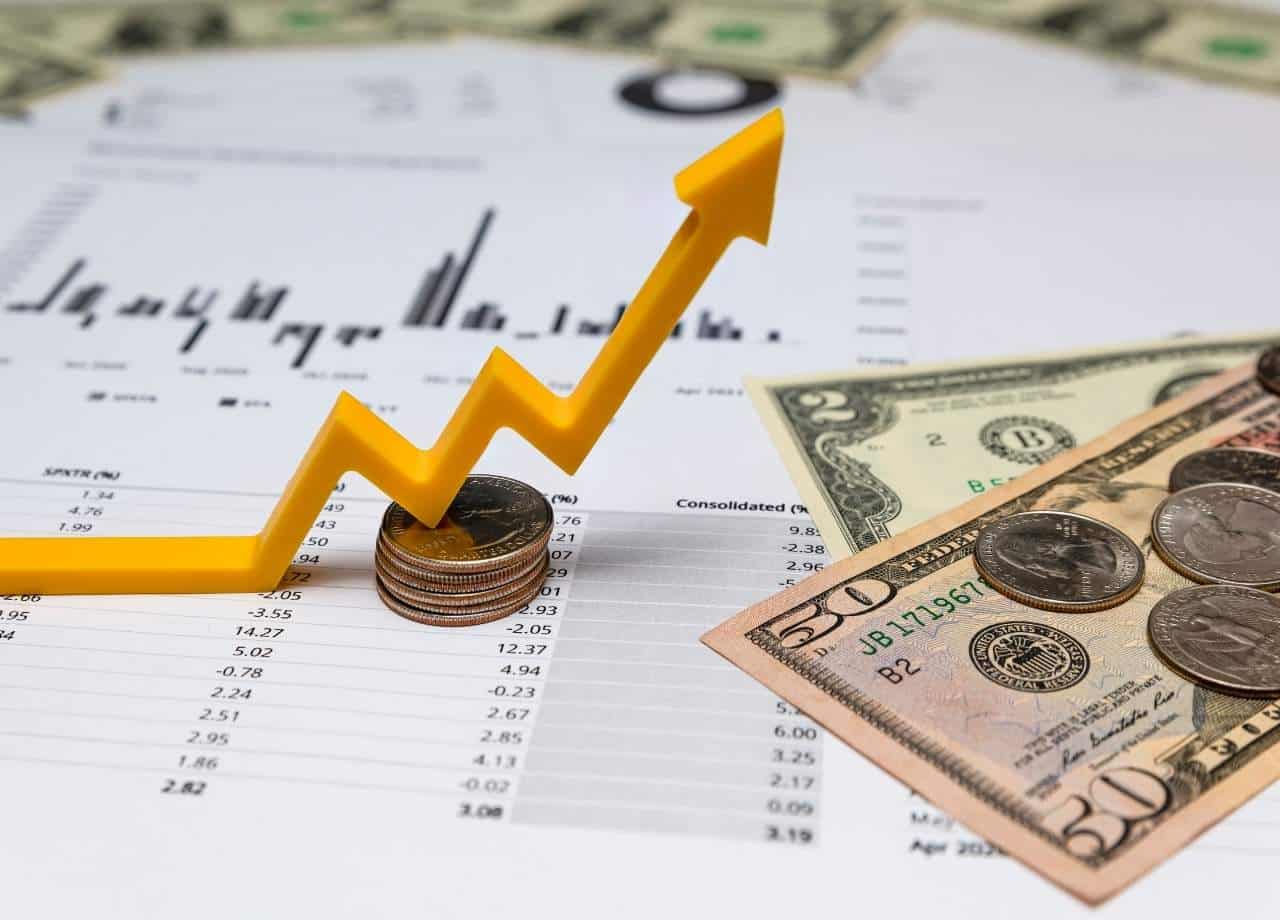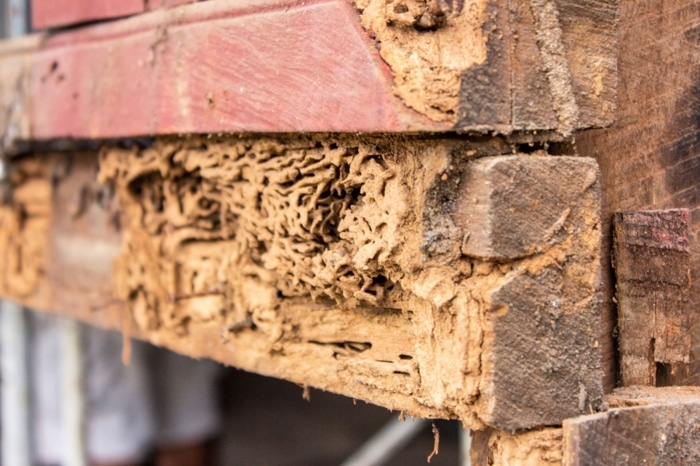Properties don’t underperform because of bad luck. They underperform because someone didn’t understand how money flows through the building. Every rent check, every repair invoice, every vendor contract—each one impacts your net operating income (NOI), your valuation through cap rate, and your monthly cash flow. These three metrics decide whether a property becomes a winner or a financial drain.
A lot of managers glance at their budgets and call it a day. But those who dig into these financial levers consistently outperform the rest. They know how to shift revenue without hurting renewal rates. They know how to control expenses without cutting corners. They know how to explain value—not just rent. That kind of clarity doesn’t just impress owners. It builds confidence in every decision you make.
What NOI Really Tells You?
NOI is the income that’s left after subtracting operating expenses from revenue. It doesn’t include mortgage payments, depreciation, or capital expenses. That’s why it’s the cleanest way to see how well a property runs—regardless of how it’s financed.
Think of NOI as your control panel. Raise it, and your property becomes more valuable overnight. Drop it, and you’re leaving money on the table. Effective rent, vacancy losses, bad debt, utilities, repairs, staffing costs—all of it flows into this one number. It’s where leasing, maintenance, and operations meet finance.
Here’s the real insight: NOI isn’t about how much money you’re bringing in. It’s about how efficiently you’re doing it. A building that collects $2 million in rent but burns through $1.7 million in costs isn’t healthy. The one that brings in $1.5 million but keeps $900k? Much stronger. NOI rewards smart, sustainable management—not just big buildings.
Why Cap Rate Changes the Game?
Cap rate turns NOI into asset value. It tells you what a property is worth based on how much income it generates and what investors are willing to pay for that income in your market.
Here’s how it works: divide your NOI by the cap rate, and you get a valuation. A property generating $500,000 in NOI at a 6% cap rate is worth about $8.3 million. That same NOI at a 5% cap rate? Now it’s worth $10 million. That’s a $1.7 million jump from cap rate compression alone.
Cap rates vary depending on market risk, location, property condition, and future potential. Properties with strong reputations, stable income, and clear resident value usually trade at better cap rates. That’s why positioning matters so much. A community known for long-term retention and consistent NOI growth commands a premium.
Cap rate isn’t just a finance concept. It tells you whether your hard work is translating into long-term asset value. It connects day-to-day operations to million-dollar decisions.
Cash Flow: The Ultimate Scoreboard
Cash flow is what’s left after the bills are paid—literally. Once you subtract debt service and capital expenses from your NOI, the remaining cash determines whether your property can reinvest, pay distributions, or stay resilient in a downturn.
Strong NOI doesn’t guarantee healthy cash flow. A building could perform well on paper but fall short month-to-month if debt is too high or CapEx needs spiral out of control. That’s why understanding financing terms and future capital needs is just as critical as watching day-to-day expenses.
Cash flow tells you whether the property is actually working. It’s the number that keeps investors around. And it’s the number that tells you how much room you have to improve service, launch new programs, or take on the next project.
Real-World Scenario Modeling
Property performance doesn’t live in a spreadsheet. It lives in the variability of daily operations. Strong managers don’t just track one budget. They model multiple outcomes—best case, base case, and worst case.
Imagine your renewal rates drop by 5% next quarter. What does that do to NOI? What if insurance rates jump mid-year or utility costs spike due to extreme weather? Can your budget absorb it, or will your margins collapse?
This kind of modeling isn’t optional anymore. Owners want to know how a property performs under pressure. You need to be able to show what happens if revenue slips, if major CapEx hits, or if turnover spikes unexpectedly. With that insight, you move from reactive to proactive.
Metrics in Motion: Why This Matters Daily
These aren’t numbers for quarterly meetings. They’re part of everyday operations. When your team knows how a repair delay affects cash flow, or how a renewal discount plays into NOI, their decisions change. They think bigger. They think smarter.
Let’s say you invest in preventative maintenance and cut emergency work orders by 30%. That savings doesn’t just look good—it lifts NOI, protects your cap rate, and frees up cash. Or maybe you build out a resident benefit package that adds $20 per door in monthly revenue without adding staff time. That’s pure NOI gain—and it’s scalable.
These examples play out daily, but only for those who are tracking the right metrics and connecting the dots.
The Hidden Mistakes That Kill Performance
Poor financial performance rarely comes from one big mistake. It’s the silent erosion—untracked expenses, missed revenue opportunities, or unrealistic budgets. Ignoring small leaks in expenses can cost hundreds of thousands over a year.
Some managers rely too heavily on high rents while ignoring cost structure. Others underestimate CapEx needs and get blindsided. Then there are those who don’t understand their debt structure well enough to plan for rising interest rates or balloon payments. These oversights hurt not just cash flow—they kill trust with ownership groups.
The best managers have systems. They build dashboards, review actuals weekly, question variances, and hold vendors accountable. They don’t wait for surprises. They catch trends early and act quickly.
From Numbers to Strategy
Once you understand NOI, cap rate, and cash flow, every major strategy becomes clearer.
Want to renovate units? First, model how many months of rent premiums it takes to earn back the cost and whether that lifts your property’s value by reducing cap rate. Planning to add a service like valet trash or covered parking? Estimate the added revenue per unit, measure the cost, and calculate how much of that is true NOI growth.
Thinking about an acquisition? Model the deal using conservative cap rate assumptions and realistic NOI improvements, not just pro forma hype. The winners in this space aren’t chasing deals. They’re backing them with math that holds up.
Bringing It All Together
The goal isn’t just financial literacy—it’s financial leadership. NOI, cap rate, and cash flow aren’t technical jargon. They’re the keys to running a property that performs, scales, and holds value. When you know how these pieces connect, you can walk into any meeting, present any plan, and back it up with numbers that tell the story.
Now it’s time to build on this. To see how pricing and renewals directly tie into NOI and long-term performance, go read [Pricing, Leasing, and Renewals That Maximize Effective Rent]. Then connect the dots with [Capital Planning and Value‑Add Projects That Pay Off] to start using these numbers to guide your long-term investment strategy.






